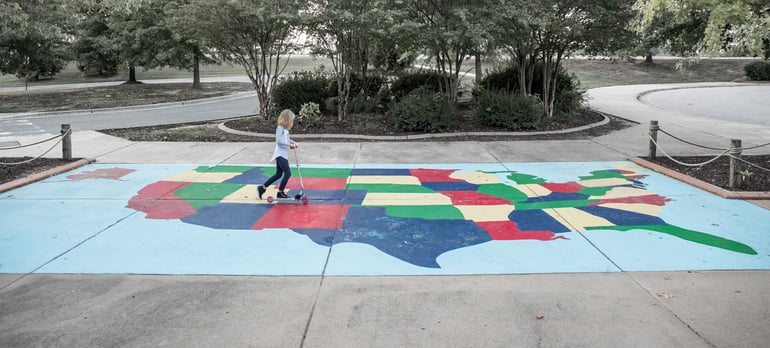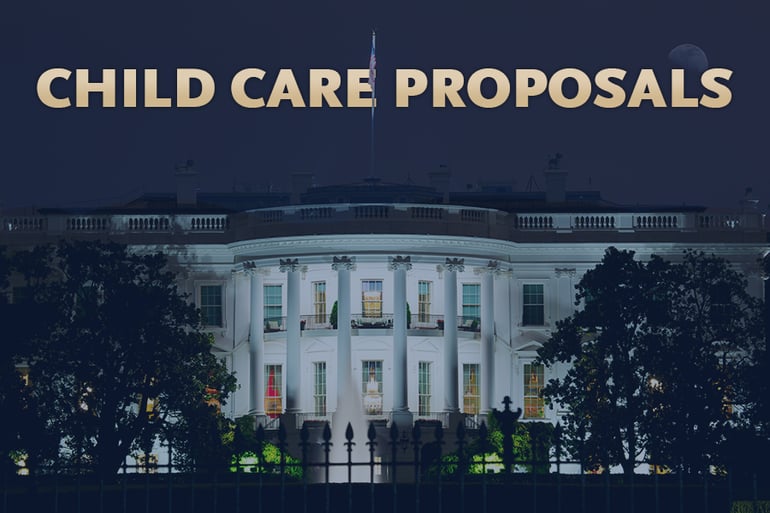Since the CARES Act was enacted in April 2020, two additional federal relief packages have been passed by Congress that include significant increases in emergency funding for child care: the Coronavirus Response and Relief Supplemental Appropriations (CRRSA) Act of 2021 and the American Rescue Plan (ARP) Act. These funds began to flow to states during the spring with the intention to get funds out the door and provide relief to providers and families as quickly as possible. While we are still a year away from the first deadlines for states to obligate some funds, it’s important for advocates to monitor state progress to ensure funds are distributed efficiently and equitably. So far, state progress has varied greatly.
Federal Relief Funds: State Progress, Summer 2021
Topics: Policy & Advocacy, Best Practices, News
Continue ReadingStoryCorps Interview: Navigating Child Care Before and During COVID-19
StoryCorps, a national nonprofit whose mission is to record, preserve and share the stories of Americans from all backgrounds, and Child Care Aware® of America (CCAoA) recently partnered on a project to interview child care providers. The providers were asked about their personal journey in the child care field and the impact of COVID-19 on their work and life.
Topics: Business Operations for CCR&Rs, Policy & Advocacy, Family Stories, Best Practices, Health & Safety
Continue ReadingStoryCorps Interview: Founders of a Bilingual Child Care Center
StoryCorps, a national nonprofit whose mission is to record, preserve and share the stories of Americans from all backgrounds, and Child Care Aware® of America recently partnered on a project to interview child care providers. The providers were asked about their personal journey in the child care field and the impact of COVID-19 on their work and life.
Topics: Business Operations for CCR&Rs, Policy & Advocacy, Family Stories, Best Practices, Health & Safety
Continue ReadingCongressional Child Care Champions Release Bold Legislative Proposals
The past year showed just how essential child care is to the country and our economy. As the world reopens and parents return to work, policymakers are realizing that it is not sufficient to restore the child care sector to where it was prior to the pandemic.
Topics: Policy & Advocacy
Continue ReadingHow to Amplify Your Advocacy Efforts using 2021 State Fact Sheets
Child Care Aware® of America’s 2021 State Fact Sheets are now available. These fact sheets are updated annually in order to provide the most current, in-depth data and statistics about child care in U.S. states and territories. This year’s release covers 2020 and while not all states submitted their data by the deadline, that information will be updated once it is received and verified.
Topics: Policy & Advocacy
Continue ReadingAdministration Prioritizes Child Care in Proposals
The past year showed just how essential child care is to the country and its economy. As the world reopens and parents return to work, policymakers are realizing that it is not sufficient to restore the child care sector to where it was prior to the pandemic.
We have long known that despite the considerable investments that have been made for pandemic-related relief, the solution for an equitable and sustainable child care system lies in long-term, robust investment. Advocacy efforts over the past year made it clear that immediate relief was desperately needed. But we also need to keep in mind that the child care sector was broken long before COVID-19. What it requires is long-term investment to build a system that meets the needs of children, families and providers.
Federal policymakers are stepping forward to champion child care. They are proposing big, long-term investments and identifying solutions that will transform the child care system.
Topics: Policy & Advocacy
Continue Reading








